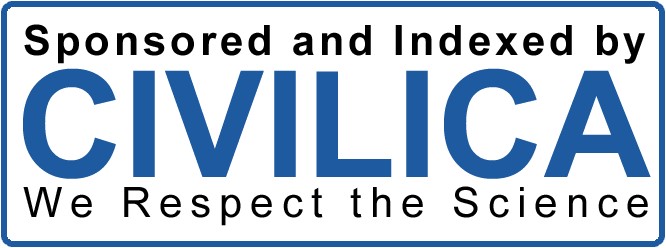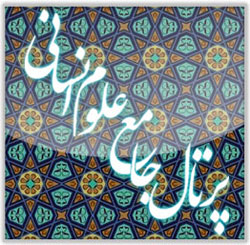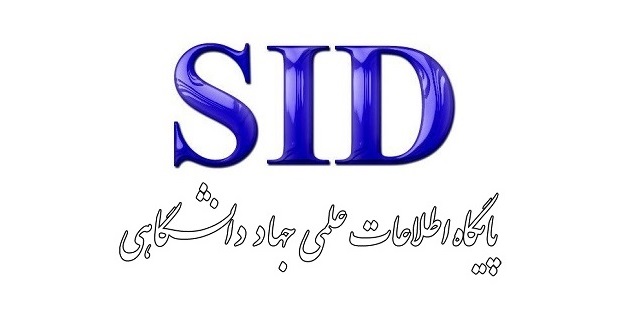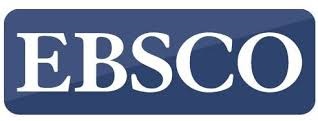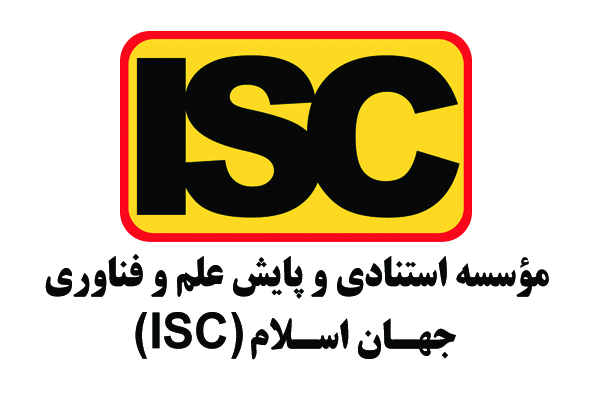شناسایی الگوهای ذهنی خلاقیت در کارآفرینان موفق: مطالعهای پدیدارشناختی
کلمات کلیدی:
الگوهای ذهنی, خلاقیت, کارآفرینی, پژوهش کیفی, پدیدارشناسیچکیده
هدف پژوهش حاضر، شناسایی و تبیین الگوهای ذهنی خلاقیت در کارآفرینان موفق با بهرهگیری از روش پدیدارشناختی است. این مطالعه با رویکرد کیفی و روش پدیدارشناسی انجام شد. مشارکتکنندگان شامل ۲۴ نفر از کارآفرینان موفق ساکن تهران بودند که بهصورت هدفمند و با روش گلولهبرفی انتخاب شدند. ابزار گردآوری دادهها، مصاحبههای نیمهساختاریافته بود و مصاحبهها تا رسیدن به اشباع نظری ادامه یافت. دادههای حاصل با استفاده از روش تحلیل مضمون و بهکمک نرمافزار NVivo نسخه ۱۴ تحلیل شدند. برای اطمینان از اعتبار یافتهها از بازبینی همتایان و تأیید مشارکتکنندگان استفاده شد. تحلیل دادهها منجر به شناسایی چهار مضمون اصلی شامل «خودشناسی و درک درونی»، «تفکر واگرا و خلاقیت شناختی»، «تعاملات سازنده و یادگیری اجتماعی» و «جهتگیری هدفمند و اقدامگرایانه» شد. در این مضامین، ۲۱ زیرمضمون و بیش از ۱۰۰ مفهوم (کد باز) شناسایی گردید. یافتهها نشان دادند که خلاقیت در کارآفرینان موفق حاصل تعامل چندبعدی بین انگیزش درونی، تجربه زیسته، تعامل اجتماعی، و فرایندهای ذهنی فعال است. نتایج پژوهش بیانگر آن است که ذهنیت خلاق در کارآفرینان موفق نه یک صفت ثابت، بلکه فرآیندی پویا، هدفمند و زمینهمحور است که در تعامل با خود، محیط و دیگران شکل میگیرد. این یافتهها میتواند در طراحی برنامههای آموزشی و مداخلات توسعه کارآفرینی مورد استفاده قرار گیرد.
دانلودها
مراجع
Baheel, J. K. (2021). Design Thinking and Its Creative Strategies in Industrial Design. Rimak International Journal of Humanities and Social Sciences, 03(07), 35-47. https://doi.org/10.47832/2717-8293.7-3.4
Bereznitsky, S. V. (2021). Correlation of Mentality With Cults and Life-Supporting Technologies of Indigenous Peoples of the Amur-Sakhalin Region. Study of Religion(3), 61-69. https://doi.org/10.22250/2072-8662.2021.3.61-69
Fearn, M. (2025). The Creative Attachment Interview: Using Sandtray to Reflect on Relational Dynamics in Creative Supervision. World Journal for Sand Therapy Practice®, 3(2). https://doi.org/10.58997/wjstp.v3i2.115
Ferreria, M. H. (2024). Distinguishing the Roles of Mental Imagery and Relational Reasoning in Creativity: A Review and Methodological Proposal. https://doi.org/10.31234/osf.io/wynx5
Hamzah, S. M., Katie, S., & Hammood, A. A. H. (2023). Creative Thinking Patterns and Their Relationship to the Most Important Motor Abilities and Some Offensive Handball Skills for Students. International Journal of Physiology Nutrition and Physical Education, 8(2), 01-06. https://doi.org/10.22271/journalofsport.2023.v8.i2a.2762
Jaboob, M., Awain, A. M. S. B., & Al-Ansi, A. M. (2023). Sustaining employees' creativity through the organizational justice: The mediating role of leadership styles. Social Sciences & Humanities Open, 8(1), 100693. https://doi.org/10.1016/j.ssaho.2023.100693
Kagaba, G. A. (2024). The Relationship Between Creativity and Mental Illness: An Artistic Perspective. Roje, 4(3), 34-37. https://doi.org/10.59298/roje/2024/433437
Liu, J., Spagna, A., & Bartolomeo, P. (2021). Hemispheric Asymmetries in Visual Mental Imagery. Brain Structure and Function, 227(2), 697-708. https://doi.org/10.1007/s00429-021-02277-w
Mizal, M. S., & Al-Noori, B. S. M. (2020). Development of Creative Thinking Skills in the English Language Teaching Profession. International Journal of Research in Science and Technology, 10(03), 23-37. https://doi.org/10.37648/ijrst.v10i03.004
Oktaviani, S. (2022). Meningkatkan Kreativitas Pasien ODGJ (Orang Dengan Gangguan Jiwa) Di Yayasan Satu Hati Membangun. Abdisoshum Jurnal Pengabdian Masyarakat Bidang Sosial Dan Humaniora, 1(1), 85-90. https://doi.org/10.55123/abdisoshum.v1i1.502
Pereira, A., & Aguiar, V. J. d. (2022). Sentiomics: The Identification and Analysis of Dynamical Patterns That Characterize Sentience. J. Multiscale Neurosci., 1(1), 1-10. https://doi.org/10.56280/1531632254
Salehi Nia, M., Bashghareh, V., Karimi, E., & Ahmadi, M. (2023). Investigating the role of leadership and educational management in creativity and innovation. New Research Approaches in Management Sciences(39), 45-68.
Saxena, A. K. (2021). Innovation, Creativity, Entrepreneurship Management. 313-330. https://doi.org/10.4018/978-1-7998-8327-2.ch019
Smith, A., Mangelsdorf, S. N., Baker, S., Jafari, S. J., Álvarez‐Jiménez, M., Hitchcock, C., & Cross, S. (2025). User Character Strengths Predict Engagement on a Digital Mental Health Platform for Young People (Preprint). https://doi.org/10.2196/preprints.73793
Xiaoxia, L. (2020). Creativity in the System of Professional Training of Future Specialists in Decorative and Applied Arts. Bulletin of Luhansk Taras Shevchenko National University(5 (336)), 117-125. https://doi.org/10.12958/2227-2844-2020-5(336)-117-125
Yela Aránega, A., Gonzalo Montesinos, C., & del Val Núñez, M. T. (2023). Towards an entrepreneurial leadership based on kindness in a digital age. Journal of Business Research, 159, 113747. https://doi.org/10.1016/j.jbusres.2023.113747
Yi, X., Hong, P., Chen, P., Bai, X., Li, S., Qi, S., & Runco, M. A. (2023). Creative Achievement of Eminent Scientists in Tang and Song Dynasties of China: A Historiometric Study. The Journal of Creative Behavior, 57(4), 650-660. https://doi.org/10.1002/jocb.607
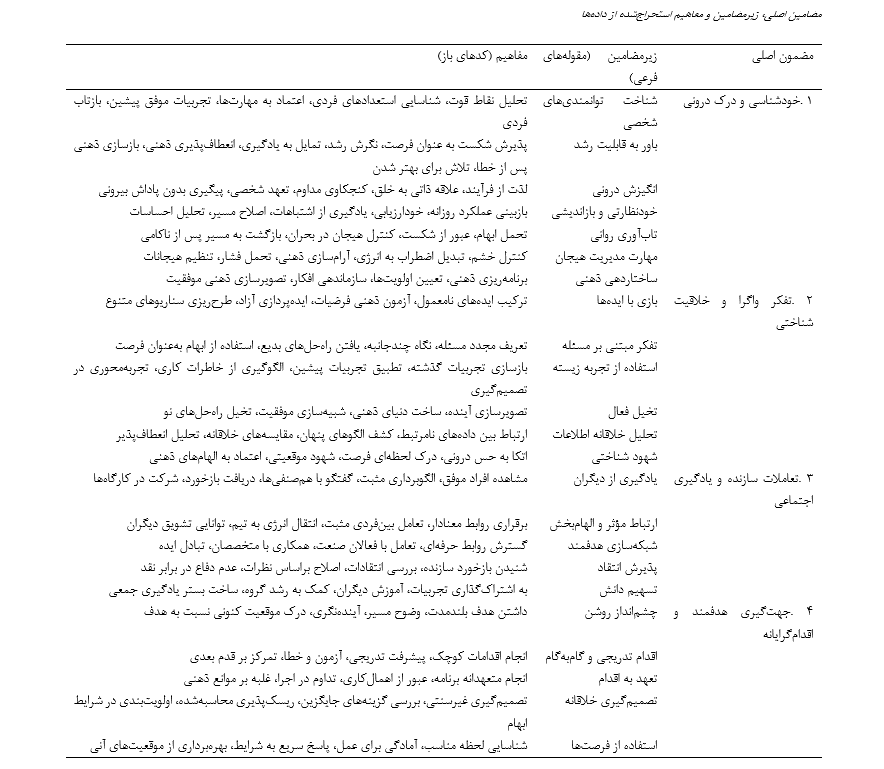
دانلود
چاپ شده
ارسال
بازنگری
پذیرش
شماره
نوع مقاله
مجوز
حق نشر 2025 Farshid Ghasemi Dijvejin

این پروژه تحت مجوز بین المللی Creative Commons Attribution-NonCommercial 4.0 می باشد.



